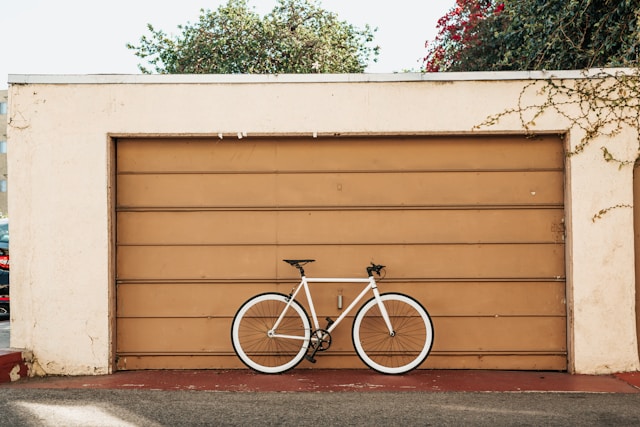Industrial blenders are machines used to mix ingredients and products in many industries. Most of these devices are made from stainless steel, but other materials are also used. The parts of an industrial blender are mixing blades, impellers, ribbons, and propellers. These components are combined to produce various blends, including sauces, dressings, and beverages. The main functions of an industrial blender are described below.
High-speed Mixers
A high-speed mixer is an essential component of industrial processes. They can be used for various purposes in several industries, including food production, pharmaceuticals, papermaking, and water treatment. In addition, they can be used to process bulk solids and powders and de-lump powders. The blending process involves several stages, including loading, mixing, and cleaning. Each mixer has an average true blending time, and some of that time is estimated for loading and packing. In the end, however, the entire cycle takes longer.
While there are several types of industrial blenders, all are designed for combining materials. Some are compact and connect plastic polymers quickly, while others are used to pulverize stones and pellets. These high-speed mixers are handy for several industries. In particular, mixing materials is crucial in the pharmaceutical and food industries, as unmixed material can affect its performance, durability, and reaction.
Liquidizers
A liquidizer is a large machine for blending or mixing materials. Like a food processor, it has a blender jug and sharp blades that rip through tough ingredients. They’re great for mixing harsh, dry ingredients and more convenient than mortar and pestle. Also, unlike mortar and pestle, most liquidizers have a blender jar for storing powdered ingredients.
The industrial blender is most commonly used in scientific settings, where pharmacologists program them. However, they can handle large amounts of product and are crucial to larger-scale manufacturing processes. Large-scale blenders are used in agricultural, chemical, and cosmetic manufacturing facilities. These robust industrial blenders are incredibly durable and dependable, with few limitations on the materials they can process. Consider investing in one if you’re looking for a high-quality blender for your production line.
Another type of industrial blender is the homogenizer. This type of blender uses ultrasound and other blending techniques to turn materials into a homogenous consistency. Mass blenders are specialized and complex, and they can blend up to five ingredients at once. A mass blender can be used for lumpy mixtures. They have a range of capacities from 50 kg to 150kg. They can also be used to crush ice.
Juicers
The global industrial blenders and juicers market is anticipated to witness significant growth, owing to rising demand for healthy diets and dairy products. In addition, the market will also witness considerable growth owing to the increasing awareness about health and fitness among consumers. The market is primarily driven by the growing demand for quick juices and smoothies from households. Moreover, increasing disposable income is a major factor driving market growth. Further, increasing awareness about health and fitness has increased the demand for smoothies and juices.
There are two main types of juicers: centrifugal and masticating juicers. Centrifugal juicers use cutting blades, while masticating juicers use augers. Juicers can be either manual or electric. Both types have their pros and cons. Some are suitable for processing large quantities of food, while others are more suited to small juice amounts of produce.
Vertical Blenders
Vertical blenders are an excellent choice for applications where the mix is solid to liquid within another. A standing blender is made to accommodate a minimum floor space. The inlet hopper is fitted with a heavy-duty mild steel screen to minimize foreign objects. The mixer also includes a mechanical knife scale and digital readout. The hopper is fitted on a sturdy, tubular frame. There are many different models of vertical blenders.
These vertical blenders are two basic types: ribbon and cone screw mixers. Ribbon mixers are better suited for dry powders because of the higher chances of contamination. The Cone Screw blender, however, has higher capital and energy costs. It also occupies a larger footprint. As a result, a vertical cone screw blender will be more expensive to purchase and maintain than the Ribbon blender. However, it is well worth the extra investment.

 How to Maintain Your Garage Floor Epoxy for Long-Lasting Results
How to Maintain Your Garage Floor Epoxy for Long-Lasting Results  One-Stop Shop for the Holidays: Combining Christmas Light Installation with Exterior Cleaning
One-Stop Shop for the Holidays: Combining Christmas Light Installation with Exterior Cleaning  Exploring Modern Infrastructure Projects: Balancing Development and Environment
Exploring Modern Infrastructure Projects: Balancing Development and Environment  The Restorative Power of Log Cabin Getaways: Unwinding in Nature’s Embrace
The Restorative Power of Log Cabin Getaways: Unwinding in Nature’s Embrace 


